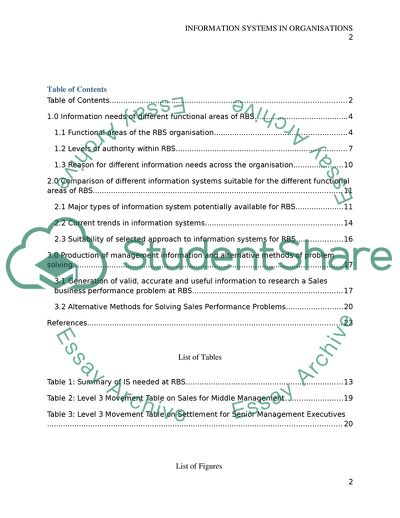Cite this document
(Information Systems in Organisations Coursework Example | Topics and Well Written Essays - 4000 words, n.d.)
Information Systems in Organisations Coursework Example | Topics and Well Written Essays - 4000 words. https://studentshare.org/information-technology/1806803-information-systems-in-organisations
Information Systems in Organisations Coursework Example | Topics and Well Written Essays - 4000 words. https://studentshare.org/information-technology/1806803-information-systems-in-organisations
(Information Systems in Organisations Coursework Example | Topics and Well Written Essays - 4000 Words)
Information Systems in Organisations Coursework Example | Topics and Well Written Essays - 4000 Words. https://studentshare.org/information-technology/1806803-information-systems-in-organisations.
Information Systems in Organisations Coursework Example | Topics and Well Written Essays - 4000 Words. https://studentshare.org/information-technology/1806803-information-systems-in-organisations.
“Information Systems in Organisations Coursework Example | Topics and Well Written Essays - 4000 Words”. https://studentshare.org/information-technology/1806803-information-systems-in-organisations.


